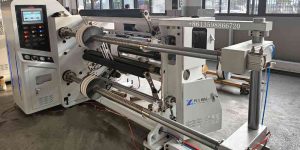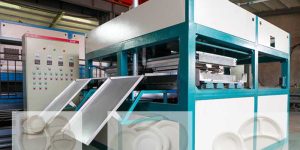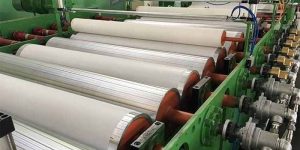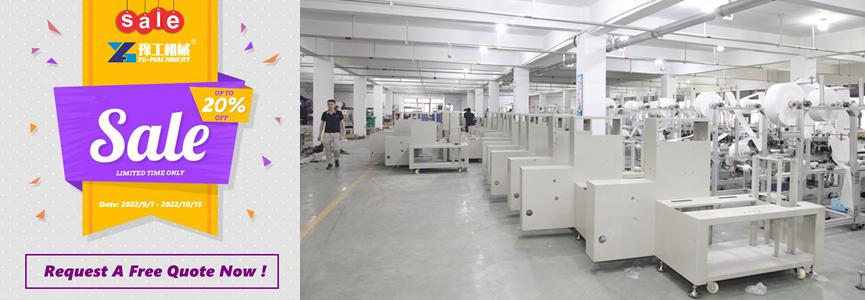Cai Lun invented papermaking more than 1,900 years ago. He used raw materials such as bark, rags, and fishing nets to make paper by hand through steps such as cutting, soaking, retting, pounding, scooping up the paper, and drying. After the 17th century, Europeans invented beating machines and paper machines and invented mechanical pulping and chemical pulping methods. Traditional handmade papermaking was gradually replaced by machine production.
Pulp and paper technology has changed dramatically over the millennia. In this guide, we will talk about 10 interesting facts about papermaking.
1. Diazo paper
Blueprint paper refers to diazo photosensitive paper, which is a professional paper used to reproduce engineering drawings and documents. This kind of paper is coated with a photosensitive paint composed of diazonium salt and coupling agent, etc.
After entering the computer age, the use of computer design has become a trend. At the same time, printers and copiers have also developed greatly, and high-speed, large-format, high-quality, multi-functional, and low-cost printing and copying are widely accepted. So, it has become a trend to replace blueprints with white drawings of engineering design drawings.
2. Grinder
The wood segments are pressed against the surface of the rotating millstone by hydraulic or mechanical pressure and are ground into a pulp, which then flows out of the underground slurry ditch. The pulp produced by this mechanical method is also vividly called “groundwood pulp”.
There are several forms of wood grinding machines, such as chain type, bag type, library type, and ring type.
But, in fact, the method of mechanical pulping by grinding wood is rough and the energy loss is serious.
It wasn’t until the last century that two types of new technologies emerged that eventually put an end to groundwood pulp and wood mills.
The first is the presence of woodchip mechanical pulp. After the 1960s, woodchip mechanical pulp (RMP), thermomechanical pulp (TMP), chemithermomechanical pulp (CTMP), and bleached chemithermomechanical pulp (BCTMP) came out one after another. Compared with traditional groundwood pulp, wood chip mechanical pulp has expanded the range of wood raw materials. And it has many advantages. Such as automatic production, good pulp quality, high production efficiency, and light pollution load, and has been widely used soon.
The second is that newsprint mills use waste paper as raw materials.
3. Cylinder machine
British John Dickinson invented the cylinder paper machine in 1809. This kind of paper machine uses one or more rotary screen slots. And the papermaking range ranges from tissue paper with a base weight of more than ten grams to multi-layer cardboard with a weight of several hundred grams.
Although the cylinder paper machine was born ten years later than the fourdrinier paper machine, and entered China later than the fourdrinier paper machine, but the number of growth has come from behind. Because it has the advantages of simple structure, easy production, small investment, and simple operation. Most of the paper machines of the first machine-made paper mill in the district are rotary paper machines.
The traditional cylinder paper machine uses the cylinder as the former. With the continuous expansion of paper mills and paper machines, this forming method cannot meet the requirements of high speed and wide width. And it is difficult to improve the quality of the paper.
Therefore, they are gradually replaced by gap paper machines (cultural paper), crescent paper machines (tissue paper) and fourdrinier paper machines (multi-layer paperboard).
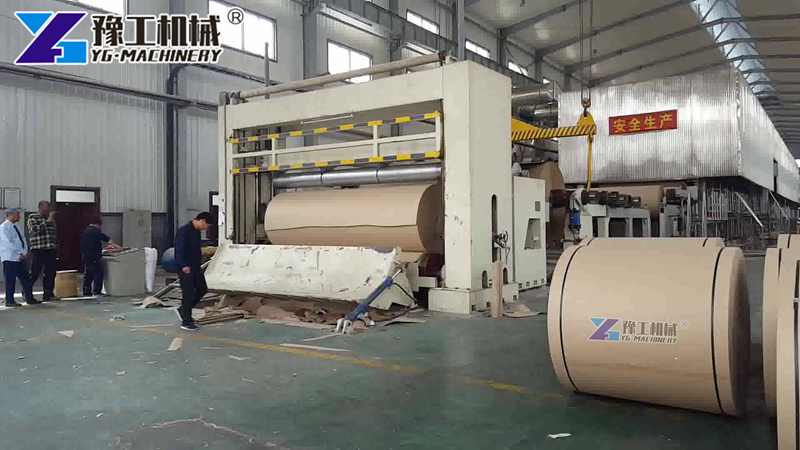
4. Formation aid
The common formation aids are PEO or APAM. These two polymers have the characteristics of high molecular weight and high solution viscosity. After adding pulp, they can increase the repulsion between fibers, slow down the drainage speed of pulp, and reduce the chance of fiber flocculation. So as to improve the evenness of paper sheets.
But with the Bestformer and Crescent former, we do not need the formations aids. Because these machines can improve the evenness of paper sheets.
5. Beater
Beating is to change the shape and properties of pulp fibers and improve the bonding force between fibers. So it is a prerequisite for making a good paper. In 1680, the Dutch invented the beater and it was widely used. This kind of beating equipment is also called a “Hollander beater”.
Beating and Beater now become refining and refiner.
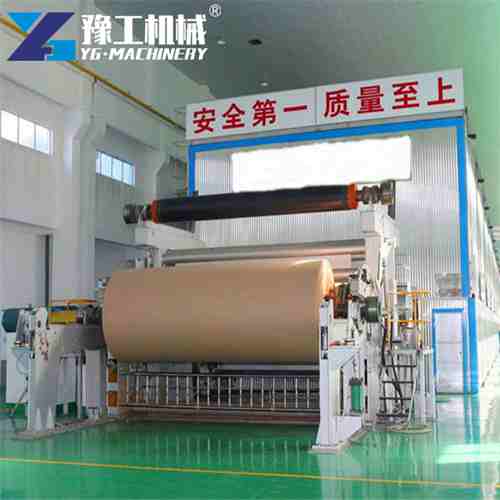
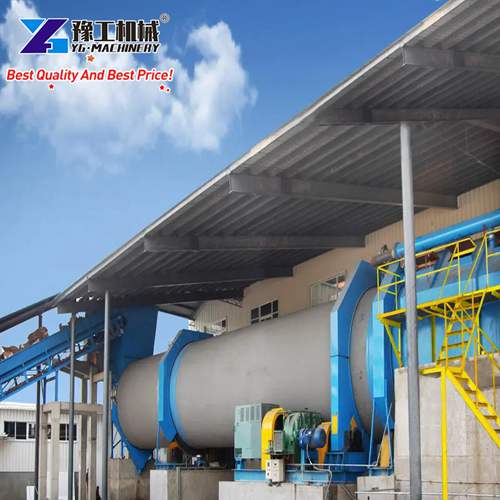
6. Straw board
Yellow cardboard, which was of poor quality, was the main packaging cardboard at that time. And it was used in large quantities for the packaging of items and as a liner or bottom plate.
Yellow cardboard uses rice straw as raw material, retting or cooking with lime or caustic soda to make pulp. Due to low-grade raw materials and simple and rough pulping and papermaking methods, the appearance of cardboard is poor and its strength is low.
7. Bronze wire
Since the invention of the paper machine, copper mesh has been used as a device for forming paper sheets and filtering water. Copper mesh is mostly woven with phosphor bronze wires as warp threads and brass wires as weft threads.
But now, we use often plastic wire to replace the bronze wire.
8. Rosin size
Rosin gum has been used as a paper sizing agent since 1807, and rosin gum has been the main paper sizing agent since then.
The development of rosin gum has gone through stages from ordinary rosin gum, strengthened rosin gum to dispersed rosin gum, and from anionic rosin gum to cationic rosin gum. The functions of rosin gum have been continuously improved and strengthened, but aluminum sulfate is always inseparable. Because it is shared with aluminum sulfate, rosin size is an acidic sizing agent and can only be used for acidic papermaking.
Although rosin sizing has been continuously improved. The application pH has been raised to 6~7, which can be used for neutral papermaking. But it still cannot be used for alkaline papermaking with pH 8~9. Synthetic sizing agent alkyl ketene dimerization Alkenyl succinic anhydrides (AKD) and alkenyl succinic anhydrides (ASA) were developed accordingly.
At present, AKD and ASA have been widely used in the production of cultural paper, packaging paper, cardboard, and special paper.
9. Spherical digester
Steaming ball is a kind of rotary spherical cooking equipment, which operates intermittently, with small volume and low output.
There are three volumes of steaming balls: 14, 25 and 40m3. Among them, 25m3 steaming balls can produce an average of 10 tons of dry pulp per day, and 40m3 steaming balls can produce 16 tons of pulp per day, and the annual output of pulp is only several thousand tons.
Today’s pulp mills with an annual output of over one million tons can only use continuous digesters or large batch digesters.
10. Sulphite pulping
Sulphite pulping lines are gradually being shut down. And new and expanded pulp mills, both wood and non-wood pulp, use the soda pulping process.

